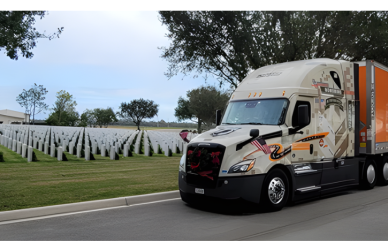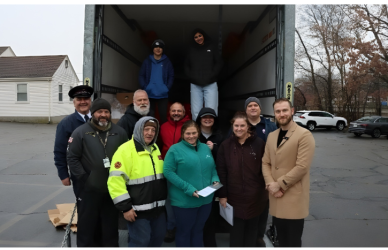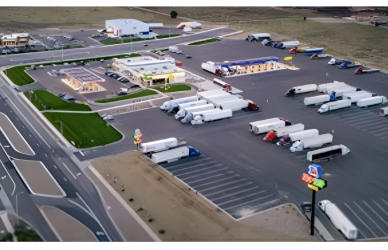Operating on America’s busiest highways can be a truck driver’s greatest challenge. Congestion not only slows deliveries but also strains fuel budgets and heightens safety risks. With strategic preparation and the right tools, truckers can mitigate these obstacles and maintain operational efficiency.
How Traffic Jams Disrupt Delivery Timelines
Heavy traffic can derail even the best-planned schedules. Popular freight bottlenecks, such as the notorious I-95 and SR 4 junction in Fort Lee, New Jersey, are long-standing trouble spots for truckers. Delays in these areas lead to missed deadlines, rescheduled routes, and unsatisfied clients. Staying ahead of these bottlenecks is crucial for dependable deliveries.
The Fuel Inefficiency of Congested Roads
Stop-and-go traffic isn’t just frustrating—it’s costly. Frequent idling and slow speeds hike up fuel consumption. Data from the American Transportation Research Institute (ATRI) shows that road congestion added a staggering $108.8 billion in trucking costs during 2022. Beyond straining the wallet, these inefficiencies also increase carbon emissions, underlining the environmental impacts of highway gridlock.
The High Safety Risks of Congested Conditions
Traffic congestion is more than an inconvenience; it’s a safety hazard. Crowded highways packed with sudden stops, erratic lane changes, and unexpected accidents raise the likelihood of collisions. According to the Federal Highway Administration (FHWA), crashes and breakdowns worsen congestion and put all vehicles at risk. Awareness and caution are critical for navigating such conditions.
Pro Tips for Truck Drivers to Alleviate Traffic Hassles on the Busiest Highways
While challenges are inevitable, proactively planning your trips can help lessen the burden of congested highways. Here are four strategies to keep you moving and safe:
- Leverage Real-Time Traffic Technology – Equip your rig with GPS devices or apps that provide live updates on road conditions. By identifying construction zones, accidents, and bottlenecks early, you can detour to safer, faster routes.
- Choose Strategic Driving Hours – When possible, align your schedule to avoid rush hours. Early morning or late-night driving through urban centers typically sees lighter traffic, saving both time and fuel.
- Rely on Truck-Specific Navigation Systems – General GPS tools might not offer routes optimized for large vehicles. Use navigation tools specifically designed for truckers. These programs consider weight, size restrictions, and road regulations to create tailored and safer routes.
- Stay Updated with Traffic Alerts – Keep checking for live reports, whether through apps, radio, or trucking forums. Understanding the causes of gridlock and staying flexible with your route can greatly enhance productivity.
Get Ahead of the Traffic Curve
America’s busiest highways will always pose challenges, but adaptability is key. With the right tools and strategies, truck drivers can overcome the hurdles of traffic, ensuring on-time deliveries and safer roads for everyone.











